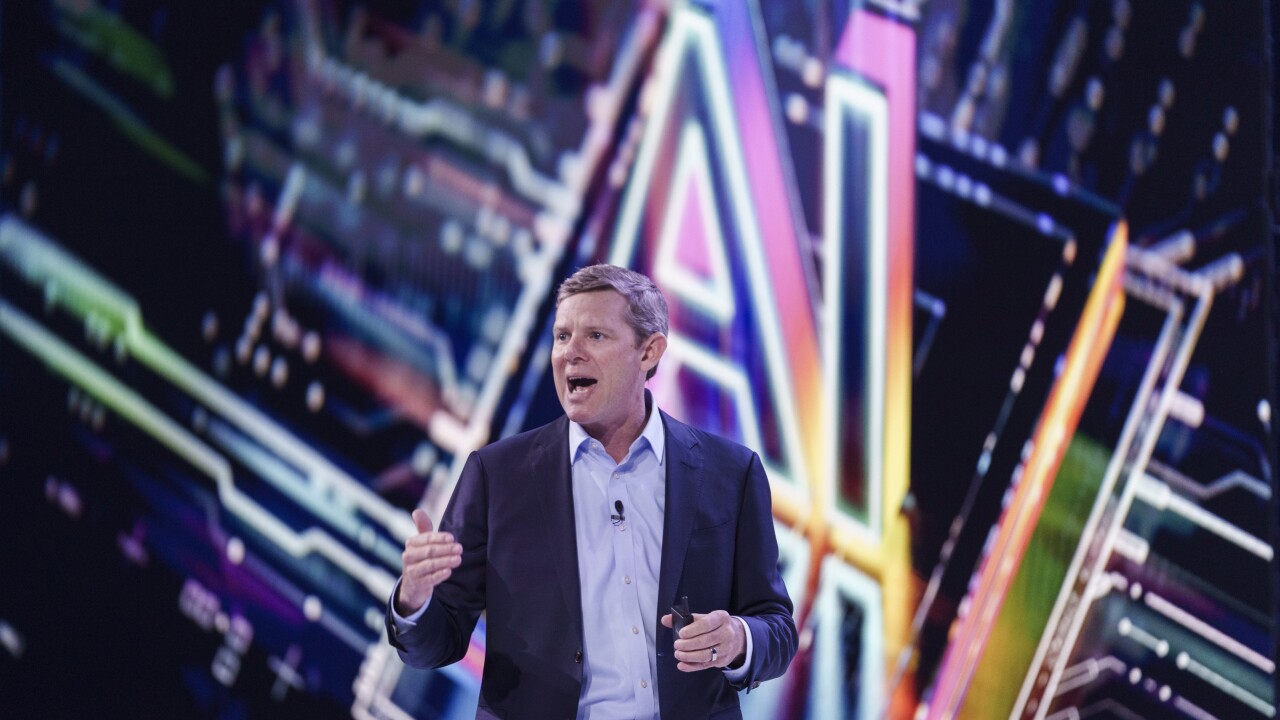Digitizing payments can drive savings in a number of ways. It can enable shopping online for better prices and through merchant loyalty and discount programs.
Perhaps the most obvious source of financial benefits from digital payments, however, is the cost of check-cashing businesses, which can take a toll.
April is Financial Capability Month in the United States, and when we talk about financial capability, we typically focus on two things: educating financially underserved people to become more sophisticated consumers of financial services, and finding ways to help them connect to better financial services.

Certainly, access and financial savvy are central to financial capability. But another hurdle on the path to financial health — obvious but trickier to clear — is simply the lack of money in their pockets, let alone their bank accounts. To build long-term financial security, they need to hold onto every penny they can. And any comprehensive financial capability program ought to help find ways to help people do that.
You’ve probably heard the old adage, “the poor man pays twice.”
It’s an ongoing issue for the 33 million households in the U.S. that are either unbanked or underbanked, according to the FDIC’s 2017 survey. These Americans are much more likely to use nonbank alternative financing services such as payday loans, auto title loans and check-cashing services, which can be expensive compared to mainstream financial services.
Check-cashing services, for example, commonly cost 2% to 3% of the check amount, or about $15 to $23 in order to cash the average Supplemental Security Income check of $770. According to FISCA, the check-cashing trade group, its industry cashes $58.3 billion worth of checks each year. With a fee of 2%, that would be $1 billion in check-cashing fees annually — a billion dollars financially underserved Americans pay just to get access to their money.
In the usual discussions of financial capability, there often seems to be an assumption that financially underserved people turn to these costly products because they don’t have access to banks or they don’t understand the nature of these products. The implication is that improving one or both, access or understanding, will dramatically reduce the need for these products.
But that’s not the whole story. If people don’t have the funds to meet an emergency need until the next payday, they might have no better option than a short-term payday loan, for example. Financial education and access can’t change that reality; it’s largely driven by a lack of funds. Putting — or simply keeping — more money in the pockets of the underserved could actually help, however. And any comprehensive approach to financial capability must address this issue.
One way to help the underserved hold onto more of their money is through the digitization of payments from government and employers. The use of digital payments offers significant savings over check cashing. Payroll cards and public-sector prepaid cards issued for the deposit of government benefits are two of the best known examples.
In the government benefit space, the largest such program is the U.S. Treasury Department’s Direct Express prepaid card program, issued by Comerica Bank and branded Mastercard. The vast majority of cardholders in the program are unbanked. Each month, millions of Americans receive Social Security, veterans’ benefits, and other government payments loaded directly onto these cards.
The federal government likes this approach, and no wonder: It saves American taxpayers millions of dollars every month, compared to distributing paper checks. And for payees, it addresses both access and education by providing a prepaid debit card that works just like the cards many of us take for granted and including a financial literacy program with a broad curriculum, offered free to all cardholders.
But the best advantage of all for payees is that they can access their funds on the card for free to make purchases or pay bills in person, online, or by phone, and to withdraw cash – again, for free – at virtually any bank branch in the country or at tens of thousands of in-network ATMs. Prepaid benefit and payroll card programs like these can help cardholders save – regardless of the brand of the card.
Developing initiatives that use digital financial solutions to deliver not only greater access and financial literacy but also to help people avoid these high fees will meaningfully improve financial capability for Americans on the fringes of the formal financial system.
The powerful integration of all three drivers—access, savvy and savings—sharpens the focus of financial capability discussions more clearly on the well-being of the underserved in America.





